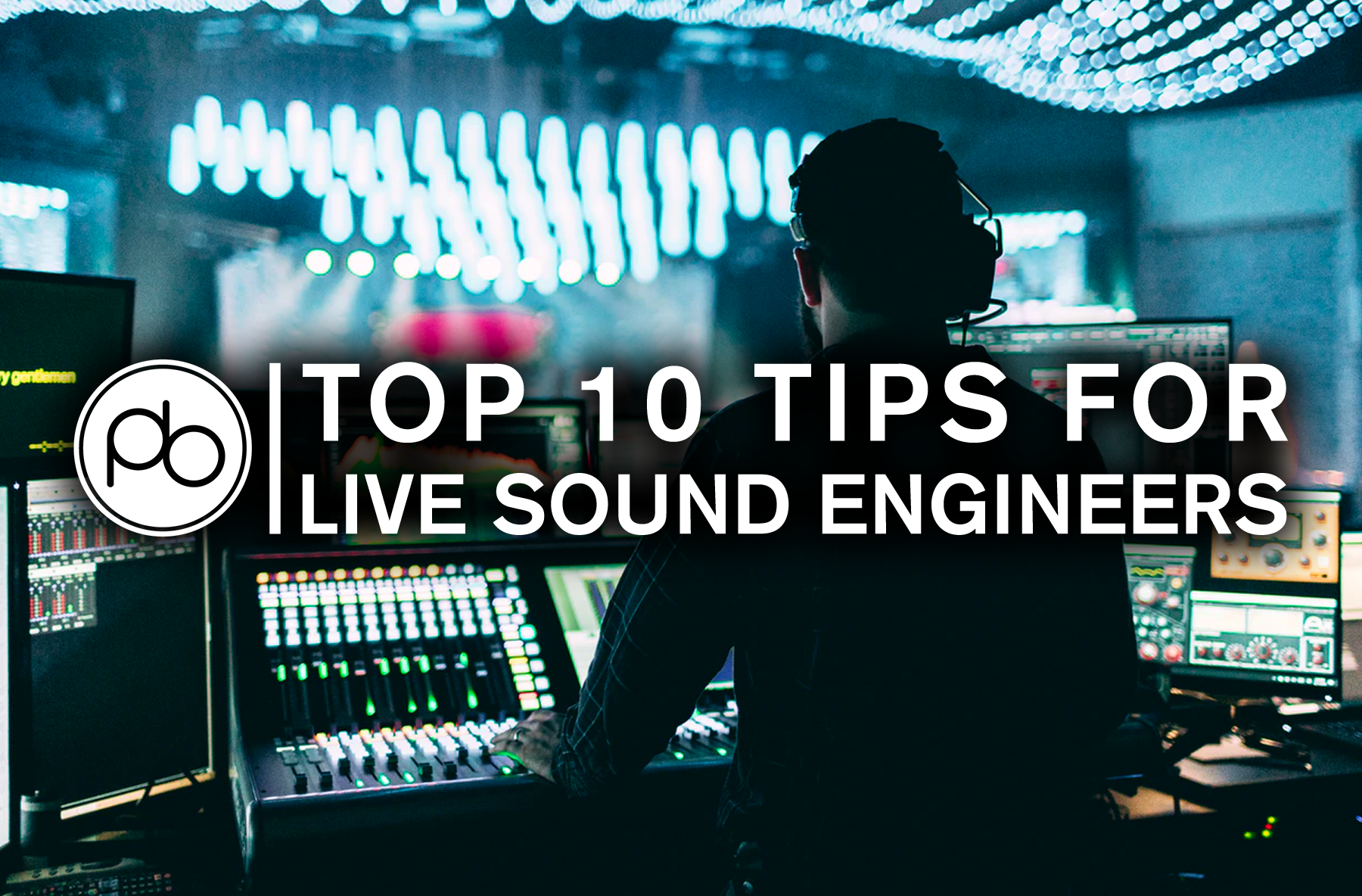

Should you mix the entire show in a single DAW project, or split it up and mix each song in its own project? There are pros and cons to both approaches.
MIXING LIVE SOUND HOW TO
In this screen, you can see where the FOH engineer trimmed the keyboard gain in several places.Īnother issue that has to be faced early in the mixing process concerns how to tackle the gig as a whole. Unless you are taking your recordings from a mic-level splitter, this will be reflected in the levels going to disk. Live sound engineers frequently adjust mic preamp gain in mid-set. It can then either be rendered or bussed to a new track for mixing. If the changes are gradual, though, it's often easier to use level automation to bring the track to a consistent subjective level. One is to chop the audio into a number of regions or clips and normalise them, or apply clip or object-based gain settings to bring them all into line. In either case, the waveform of the resulting audio can look like a boa constrictor after several hearty meals, and it's a good idea to start by compensating for any obvious gain variations, so as to create a level playing field for the actual process of mixing.ĭepending on how sudden and how frequent the variations are, there are several possible ways to do this. Alternatively, you might have been given post-fader recordings. Most live sound engineers will find reason to tweak channel gains at some point during a performance, and there are even one or two who like to leave their faders at zero and use the gain knobs to mix. Spotting pops, thumps, clipping and bursts of white noise visually before you press Play could save you a headache, but there are also more subtle issues to watch out for. With the files loaded into your DAW, it's worth scanning quickly through them for potential pitfalls. Likewise, in an ideal world your tracks will have been recorded pre-fader, without desk EQ or compression, but we don't live in an ideal world.

Just because 16 tracks got recorded doesn't mean that all 16 channels were in use on the night but by the same token, there's not much you can do at the mix if a vital instrument was not recorded. Unless you took careful notes at the gig, this can be surprisingly challenging! It's not unusual to encounter a file that apparently consists entirely of off-axis spill from other sources, or something that might be an audience mic but also seems to have picked up the banjo player scratching his arse.
MIXING LIVE SOUND SOFTWARE
Once you've lined these up in your software of choice, you'll need to go through them and figure out what each track represents. If the recording was made to a digital multitracker of some sort, that probably means a bunch of mono tracks without meaningful names, usually spanning the entire length of the band's set. The first stage is to find out exactly what you have. These will be saved to separate new sessions. Preparatory work has been done on the session as a whole, and I'm now working my way through mixing each song individually. This screen shows the two-stage approach to mixing a live set. Instead, this article will focus on some of the issues that can arise when you get your multitracks back to a DAW-based studio, and what you can do at the mix stage to get the best from a live recording.


The practicalities of recording gigs were covered in Matt Houghton's workshop in SOS November 2011 ( /sos/nov11/articles/recording-live-show.htm), so rather than repeat his wise words, I'll refer readers back to that article for detailed advice. In the real world, of course, this is rarely true and, as with any recording project, the more care and attention you can devote to capturing the audio at source, the better your results are likely to be. In theory, then, multitracking a live show could be as simple as plugging in a USB pen drive and pressing Record. At the same time, parallel developments in the world of live sound mean that even small venues now routinely mic up almost everything on stage. What's more, an increasing number of mixers now offer hassle-free multitrack recording, either to an attached computer or straight to a USB storage device. Digital multitrack recorders are more affordable than ever, and the likes of the JoeCo Black Box Recorder and Allen & Heath ICE 16 are designed expressly for the purpose. Making multitrack live recordings has never been easier - but mixing them can still be a challenge!įrom a technical point of view, recording a live show is probably simpler today than it has been at any point in the past.


 0 kommentar(er)
0 kommentar(er)
